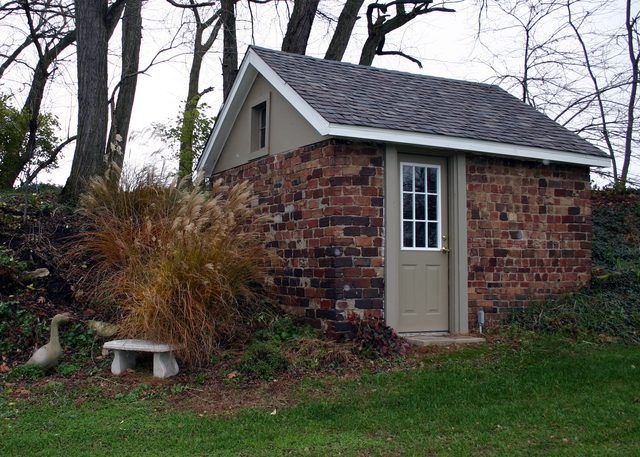Bulbs
Flower Basics
Flower Beds & Specialty Gardens
Flower Garden
Garden Furniture
Garden Gnomes
Garden Seeds
Garden Sheds
Garden Statues
Garden Tools & Supplies
Gardening Basics
Green & Organic
Groundcovers & Vines
Growing Annuals
Growing Basil
Growing Beans
Growing Berries
Growing Blueberries
Growing Cactus
Growing Corn
Growing Cotton
Growing Edibles
Growing Flowers
Growing Garlic
Growing Grapes
Growing Grass
Growing Herbs
Growing Jasmine
Growing Mint
Growing Mushrooms
Orchids
Growing Peanuts
Growing Perennials
Growing Plants
Growing Rosemary
Growing Roses
Growing Strawberries
Growing Sunflowers
Growing Thyme
Growing Tomatoes
Growing Tulips
Growing Vegetables
Herb Basics
Herb Garden
Indoor Growing
Landscaping Basics
Landscaping Patios
Landscaping Plants
Landscaping Shrubs
Landscaping Trees
Landscaping Walks & Pathways
Lawn Basics
Lawn Maintenance
Lawn Mowers
Lawn Ornaments
Lawn Planting
Lawn Tools
Outdoor Growing
Overall Landscape Planning
Pests, Weeds & Problems
Plant Basics
Rock Garden
Rose Garden
Shrubs
Soil
Specialty Gardens
Trees
Vegetable Garden
Yard Maintenance
How to Heat a Storage Building or Small Shop
How to Heat a Storage Building or Small Shop. Consider the following when determining how to adequately heat your storage building or small shop: How well is the building insulated? How cold does it get outside? Do the building's contents require a certain temperature? Is a water source available? Does the building have a chimney? Read about the...

Consider the following when determining how to adequately heat your storage building or small shop: How well is the building insulated? How cold does it get outside? Do the building's contents require a certain temperature? Is a water source available? Does the building have a chimney? Read about the heating options outlined below to choose the best option for your situation.
Things You'll Need
Space heater(s)
Water source
Water/steam heat emitter
Wood stove
Use a Space Heater
Use a portable space heater (or multiple space heaters) when a larger heating system is too costly to install and when the space is small enough to be adequately heated this way. Space heaters have btu-per-hour capacities of 10,000 to 40,000, and they most commonly use electricity, propane, natural gas or kerosene.
Choose a space heater that uses convection instead of radiant heating.
Purchase a model with current safety features, making sure that it has an Underwriter's Laboratory label on it.
Avoid wasting energy by choosing a space heater controlled by a thermostat.
Read the sizing table on the heater or product box to make sure the heater is capable of heating a space of your size.
Set the heater away from areas of heavy foot traffic (from people and animals).
Water/Steam Heat
Steam radiators or baseboard heat is an alternative if the building has its own water source.
Choose an energy-efficient piping layout. When hot water leaves the boiler, it transmits heat as it travels through a single-loop or series system before it returns to the boiler as much cooler water (which is then reheated and redistributed). The longer the water stays in the system before returning to the boiler, the cooler it gets, meaning that as the water reaches the last radiator/baseboard (or emitter) on its route, it is not nearly as warm as when it reached the emitter.
If your space requires multiple emitters, consider using what is called a one-pipe system. This uses tees to divert water into each emitter along the way, allowing you to control each emitter separately. (The hot water may, for example, skip the first emitter and travel directly to the second if you turn "off" the first.)
Contact a radiant floor heating company and give them your building dimensions, heating requirements and water source location. They can help you decide if radiant floor heat is right for your situation.
Wood Heat
A wood stove can warm your building if a chimney already exists or if installing one is economically viable.
Consult a wood heat retailer for advice about which stove is best for your building. Because they are familiar with a variety of stoves, they can help you find the best stove to match your heating requirements.
Locate the stove in the center of the main room (assuming the building has more than one) and run the flue pipe straight up, directly into the chimney, for the best performance and fewest maintenance requirements.
Supplement the heat generated from the wood stove with small space heaters if your building is divided into many small rooms.